1. Overview of CDR Broadcasting
CDR (China Digital Radio), or China Digital Audio Broadcasting, is a mobile multimedia broadcast technology with independent Chinese intellectual property rights, developed under the leadership of the National Radio and Television Administration (NRTA).
In recent years, driven by the digitalization and networking of information dissemination and production, CDR, as a representative of traditional media, has also embraced the wave of digital transformation. Simultaneously, the NRTA has promoted the widespread adoption of CDR technology by establishing relevant industry standards.
By leveraging digital broadcast technology within the existing FM frequency band, CDR transmits digital audio broadcasts and data services through source encoding, channel encoding, and carrier modulation. This not only enhances the quality of broadcast programs but also extends coverage and optimizes spectrum utilization.
2. Technical Features of CDR Broadcasting
CDR broadcasting boasts multiple technical characteristics. First, it employs advanced digital coding and modulation technologies. The application of these technologies enables efficient and stable transmission of audio signals during the process, while ensuring high-level playback quality. The digital coding technology converts audio signals into digital signals through precise digital processing, thereby avoiding distortion and noise that may occur in traditional analog signals during transmission. The modulation technology ensures that these digital signals can be stably transmitted within the broadcasting frequency band, bringing listeners a clear and vivid sound quality experience.
Second, CDR broadcasting supports analog-digital simulcast. This feature allows CDR broadcasting to make full use of existing spectrum resources and realize the coexistence of analog and digital broadcasting. During the transition period, CDR broadcasting can transmit both analog and digital signals simultaneously, which not only ensures that the listening habits of traditional audiences are unaffected but also facilitates the promotion of digital broadcasting. This analog-digital simulcast mode not only improves the utilization rate of spectrum resources but also provides strong support for the digital transformation of the broadcasting industry.
In addition, CDR broadcasting also features strong anti-interference capability, wide coverage, and low power loss. It adopts advanced anti-interference technologies, which can effectively eliminate noise interference caused by multipath transmission, occlusion by tall urban buildings, etc., ensuring that listeners can obtain stable listening effects in complex environments. Meanwhile, CDR broadcasting has a wide coverage range, capable of reaching areas that are difficult to cover with traditional analog broadcasting, providing high-quality broadcasting services to more listeners. Furthermore, CDR broadcasting has minimal power loss during transmission, which not only saves energy but also reduces operating costs.
In summary, with its advanced digital coding and modulation technologies, support for analog-digital simulcast, strong anti-interference capability, wide coverage, and low power consumption, CDR broadcasting brings listeners a more stable and clear listening experience, while also providing strong support for the digital transformation and sustainable development of the broadcasting industry.
3. Applications of CDR Broadcasting
CDR technology has significant advantages in broadcast program transmission and reception. By adopting digital compression, coding, and modulation technologies, it enables efficient transmission of audio signals. This allows CDR broadcasting to achieve a wider coverage range and more stable signal quality under the same transmission power. Meanwhile, CDR broadcasting employs advanced audio coding technologies such as DRA+ coding, capable of delivering sound quality experience equivalent to or even better than existing FM broadcasting. Additionally, CDR broadcasting can realize analog-digital simulcast on the same frequency, meeting the diversified needs of listeners, and supports high-speed mobile reception, enabling easy signal reception in transportation vehicles like high-speed railways and cars.
CDR technology plays a vital role in emergency broadcasting and public service fields. With the characteristics of strong coverage capability, excellent listening effect, and low power loss, it serves as an ideal choice for emergency broadcasting. In sudden public crisis events such as natural disasters and accident disasters, CDR broadcasting can quickly deliver disaster messages or relevant hazard information, helping the public take timely response measures to avoid or reduce losses of life and property. Furthermore, CDR broadcasting can provide public service information such as weather forecasts, traffic information, and news updates, offering convenient information services to the public and improving their quality of life and public safety level.
CDR technology has broad development prospects in the fields of in-vehicle broadcasting and digital media. With the rapid development of the automotive industry and the increasing travel demands of people, the in-vehicle broadcasting market holds huge potential. CDR broadcasting can meet the requirements of in-vehicle broadcasting for sound quality, stability, and data services, becoming an important development direction for digital wireless broadcasting receiving modules. Meanwhile, CDR broadcasting can not only transmit audio signals but will also transmit various data services in the future, such as EPG (Electronic Program Guide), high-precision positioning information, etc., providing listeners with richer program content and a better listening experience. This enables CDR broadcasting to deeply integrate with digital media, injecting new vitality into the digital transformation of the broadcasting industry.
4. Testing CDR Broadcast Transmitters
In the context of continuous development in broadcasting technology, the performance of CDR broadcast transmitters, including stability, transmission efficiency, compatibility, and anti-interference capability, is also of critical importance. Therefore, to ensure that CDR broadcast transmitters can achieve optimal performance in practical applications, comprehensive and meticulous testing is particularly significant. This not only helps to promptly identify and resolve potential technical issues but also provides strong data support for the continuous optimization and upgrading of CDR broadcast transmitters, thereby driving the continuous advancement of broadcasting technology.
The portable broadcast tester FMH is specifically designed for broadcast signal testing, and its testing architecture based on globally leading RF (Radio Frequency) basic hardware ensures the professionalism of FMH. FMH not only supports traditional AM and FM testing, enabling monitoring of AM and FM broadcasts, but also enables detailed testing of China Digital Audio Broadcasting (CDR) signals.
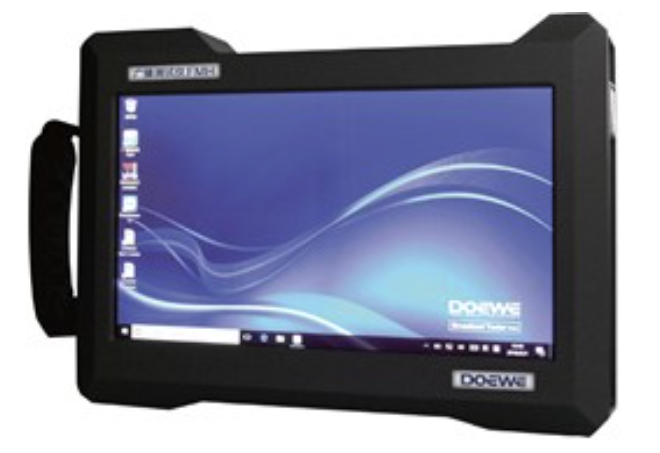
Figure 1 Broadcast Tester FMH
FMH broadcast tester has two flexible testing methods to evaluate the performance of CDR signals. First, it can directly test the performance of the broadcast transmitter. Since the broadcast transmitter usually has high output power, direct testing may cause damage to FMH, so in actual operation, a directional coupler is usually used to allocate a part of the transmitter's output power for indirect testing. This method ensures the safety and accuracy of the testing process and can reflect the actual working performance of the broadcast transmitter.
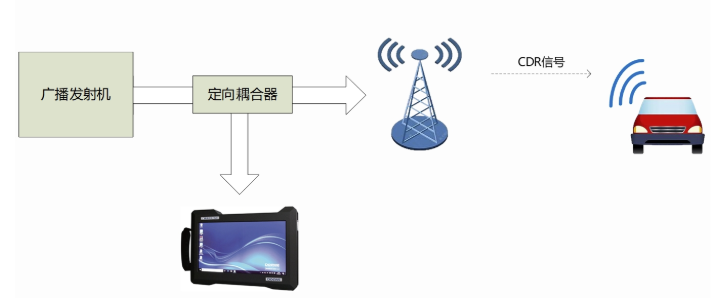
Figure 2 Testing System Block Diagram
For CDR testing, FMH can test level/constellation diagram/MER and IQ characteristics. The high MER testing capability of FMH makes it directly enter the forefront instruments for transmitter testing. The comprehensive MER real-time testing capability reaches 45dB (pure digital CDR), and it can subdivide and test the MER parameters at all levels involved in the test standards, the MER curve of each subcarrier, and can test IQ distortion and amplitude-frequency response. For field testing, FMH has the industry's leading receiving sensitivity to ensure the capture and analysis of low signals. At the same time, FMH has the functions of spectrum waterfall diagram and spectrum monitoring, and can record IQ data for later playback testing. These functional features undoubtedly make FMH integrate a variety of characteristic functions, which will definitely bring many additional values to transmitter engineers.
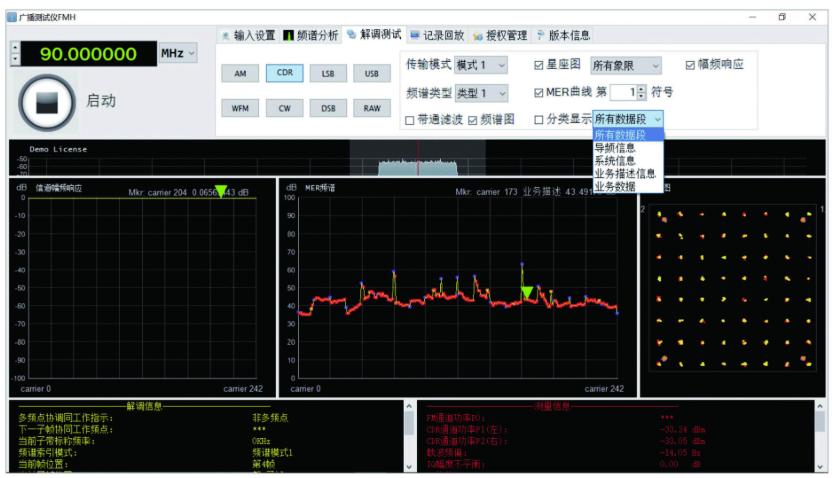
Figure 3 MER Testing of Each Carrier (Different Colors Represent Different Objects)

Figure 4 CDR Channel Parameter Analysis
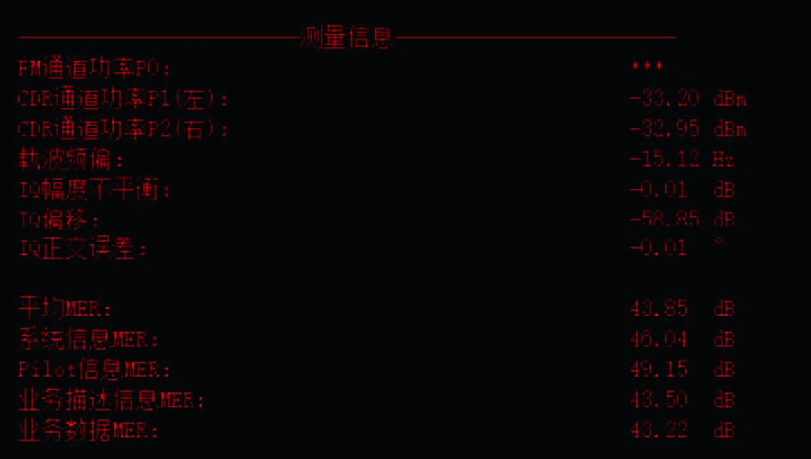
Figure 5 CDR Parameter Test Results
In addition, the FMH broadcast tester also supports another testing method, that is, directly testing the actually received CDR signal. This method can more intuitively reflect the actual performance of the signal during the transmission process, including signal strength, quality, and possible interference factors. By comparing and analyzing the differences between the actual received signal and the transmitter output signal, the loss and change situation in the signal transmission process can be further understood.

Figure 6 Testing System Block Diagram (for Actually Received Signals)
At the same time, a special field strength coverage testing system BroadCMS can be equipped, which can comprehensively support the integrated field strength coverage road testing of AM, FM, and CDR signals. The system is configured with road testing platform software, GPS receiving system, and map solution, which can realize drawing point tracks and line tracks and making two-dimensional map coverage effect evaluations. It also supports secondary integration with mainstream radio and television testers in the industry.
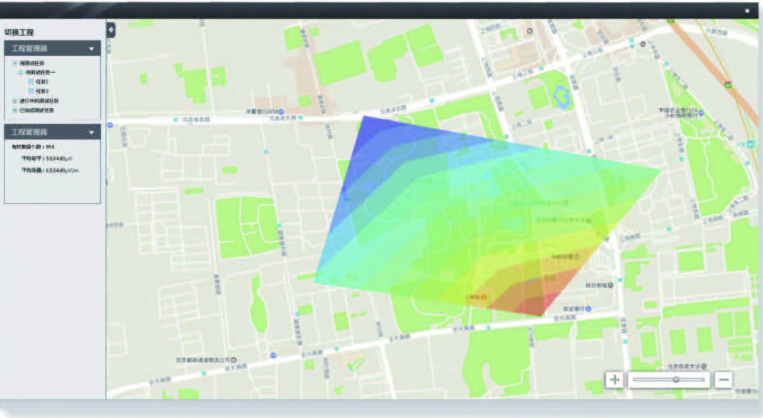
Figure 7 Coverage Effect Test of BroadCMS Software
5. Future Outlook of CDR
As an important development direction of broadcasting digitization, CDR technology has broad development prospects. With the continuous progress of digital technology and the rapid development of new media, CDR technology will continue to upgrade and improve, providing more abundant program contents and forms to meet the diversified needs of users. At the same time, CDR technology will also integrate with other new technologies, such as 5G and the Internet of Things (IoT), to promote the further innovation and development of the broadcasting industry. In the future, CDR technology is expected to play a more important role in emergency broadcasting, intelligent transportation, smart cities, and other fields, bringing more convenience and safety guarantees to people's lives.